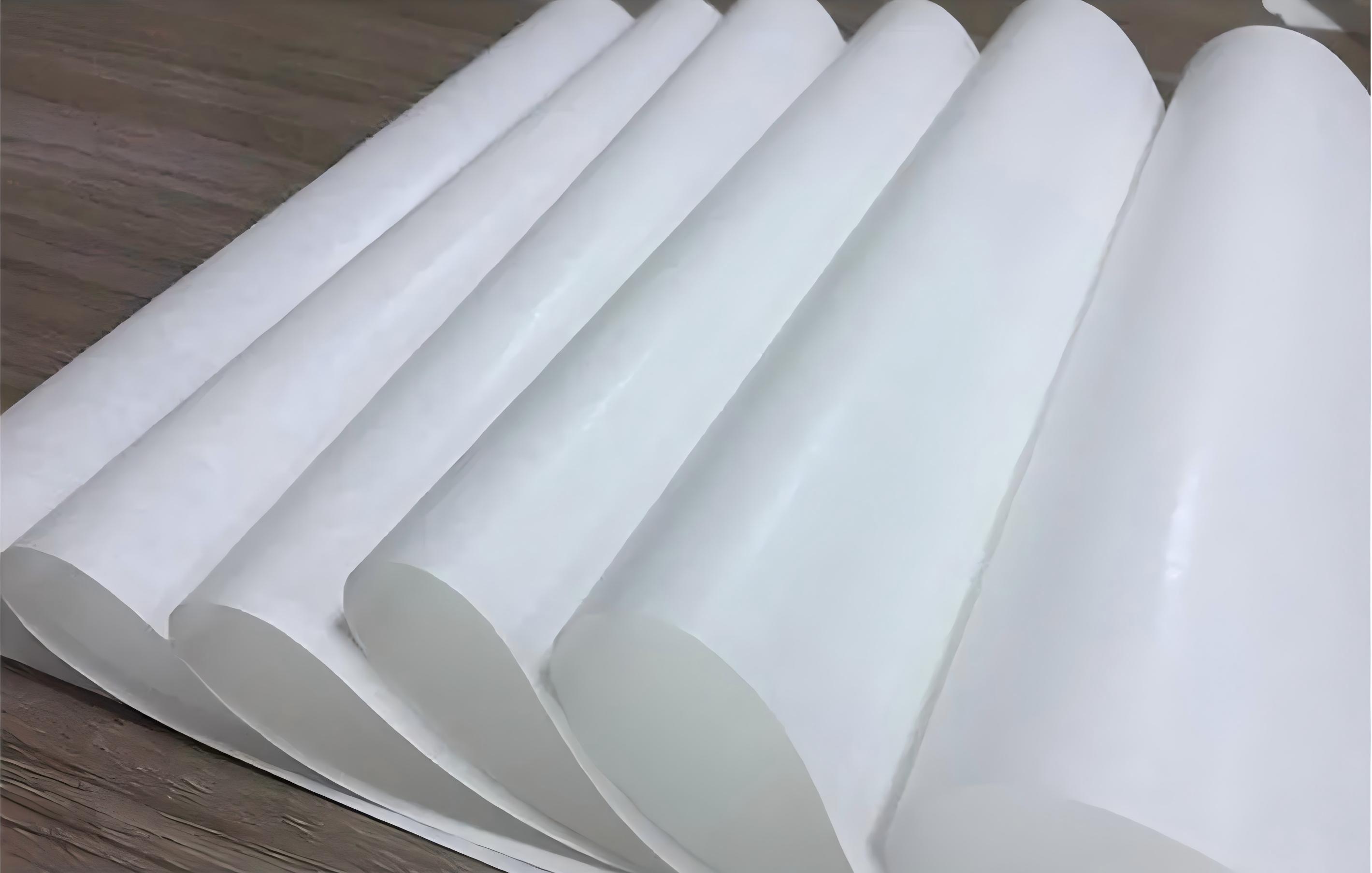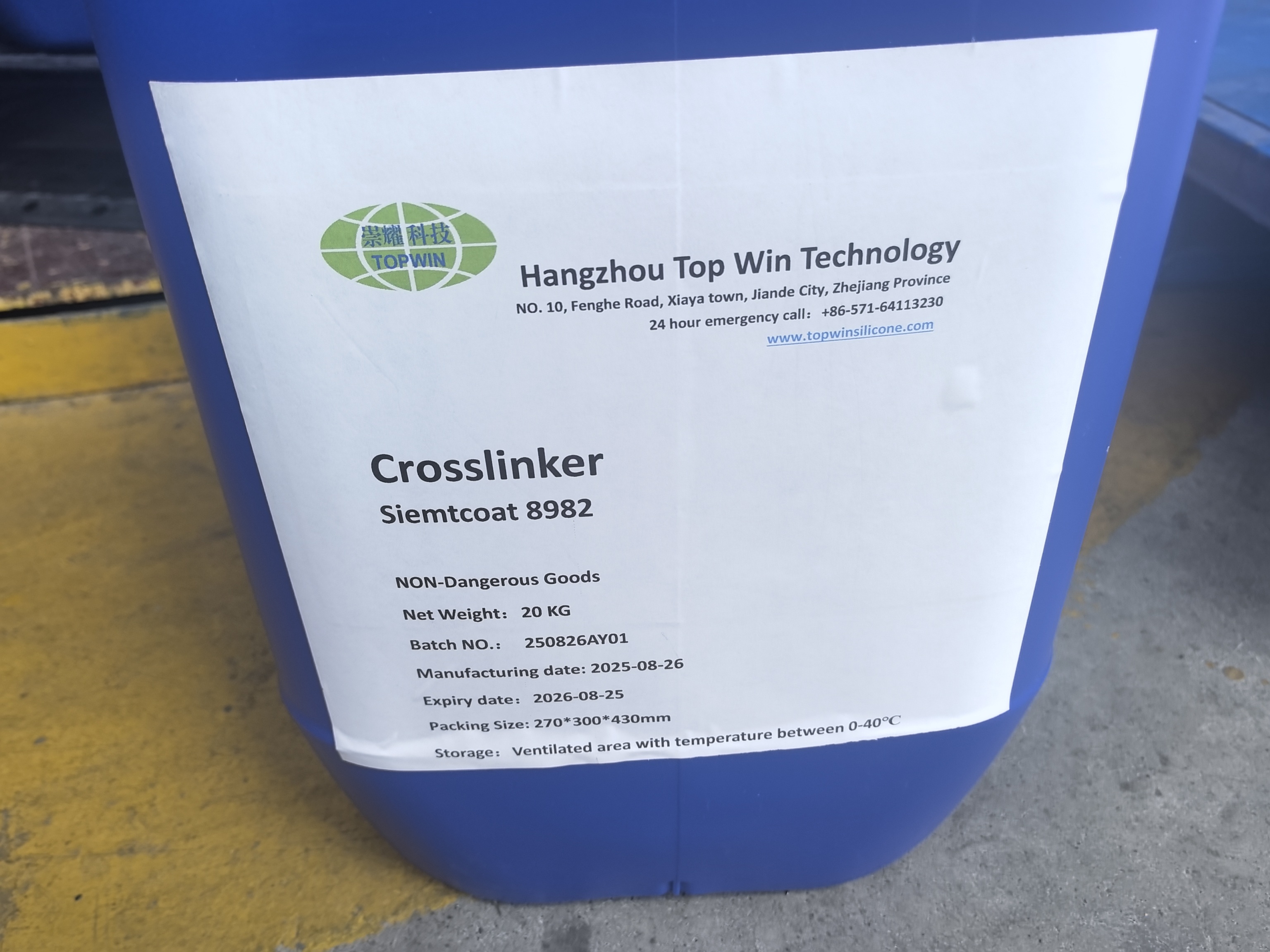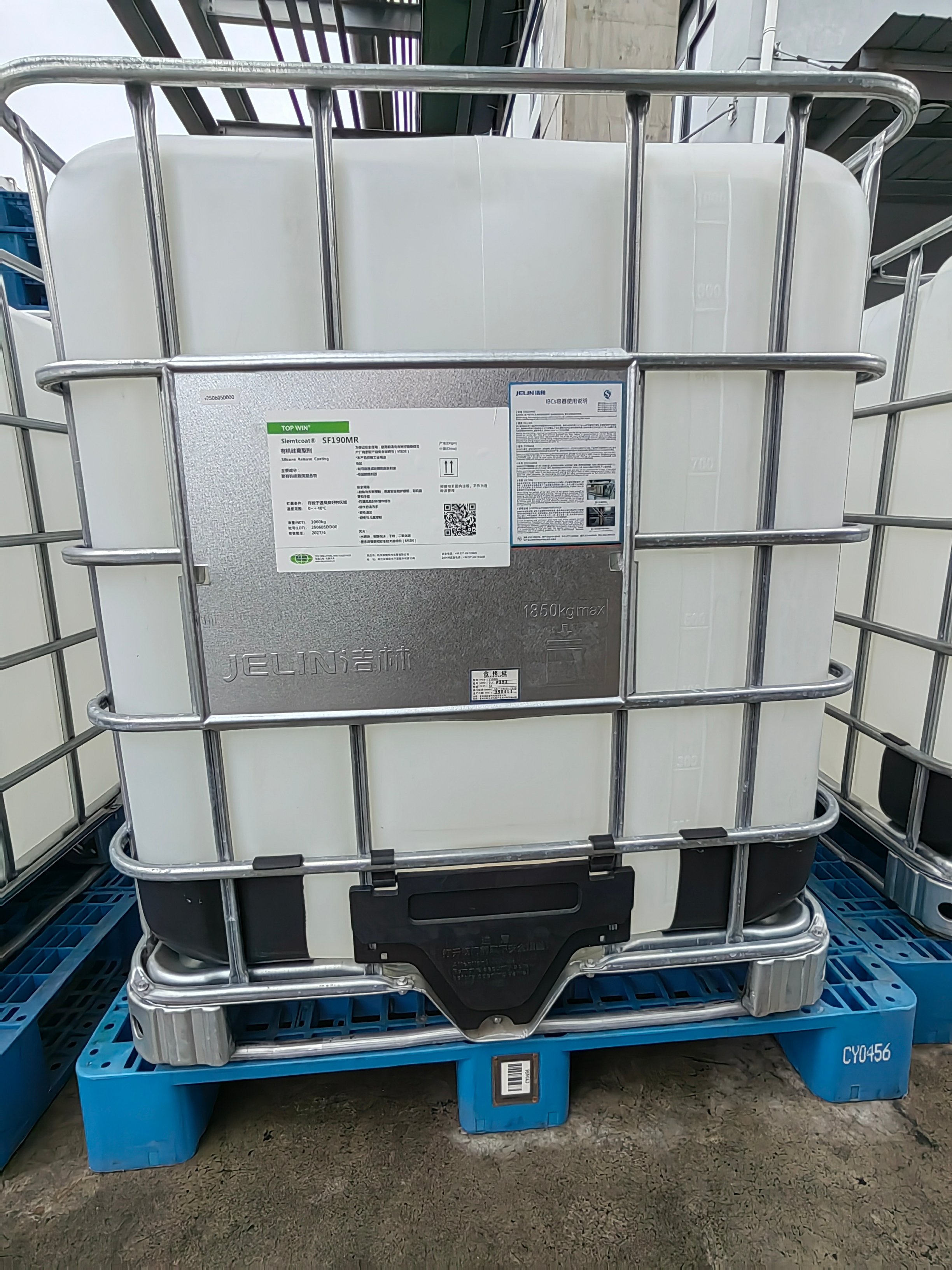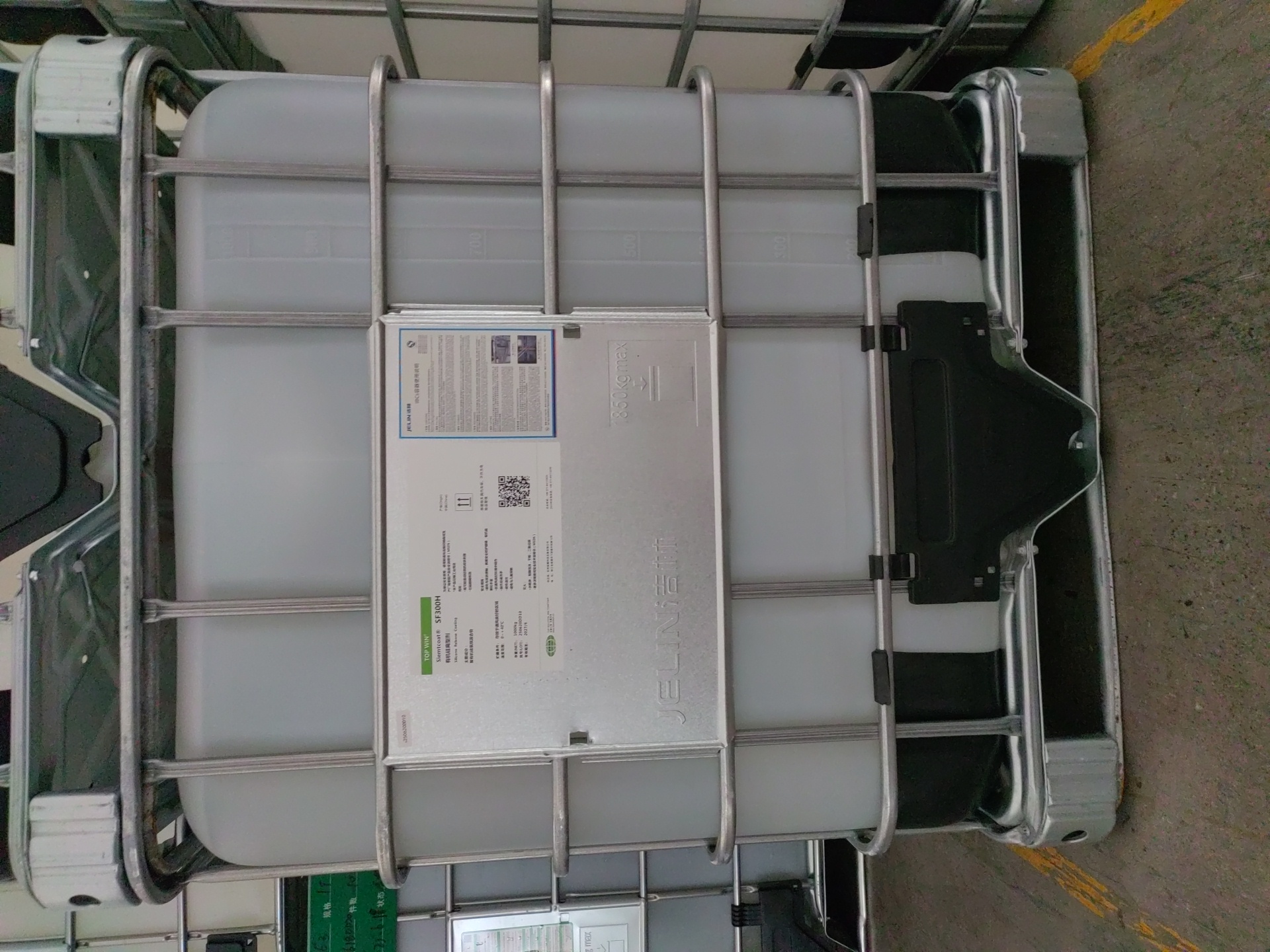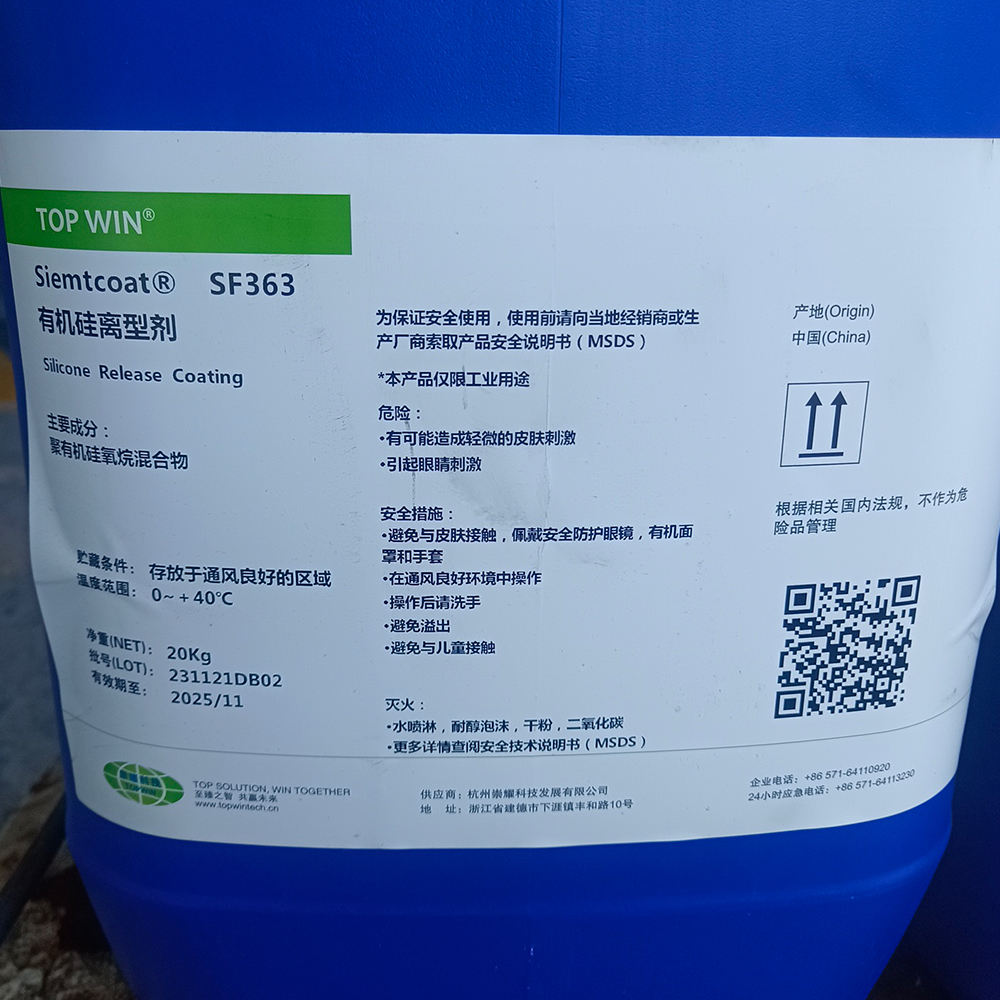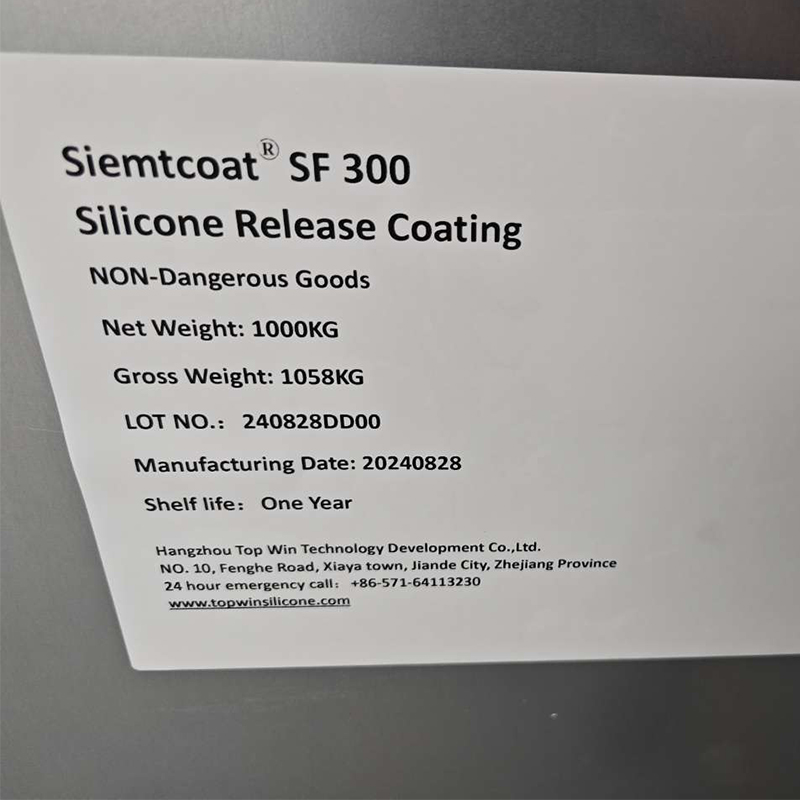How Do Heavy Release Additives Enhance Silicone Release Performance?
In silicone release agent systems, the core function of heavy release additives is to increase the force required to peel the release film/paper from the pressure-sensitive adhesive (i.e., enhance release force). Their mechanism of action can be elaborated in detail through the following four key aspects:
Platinum-catalyzed addition-cure silicones form a highly regular and dense Si-O-Si network structure after crosslinking and curing. This structure exhibits excellent elastic recovery: when the pressure-sensitive adhesive contacts the silicone surface, it wets well and embeds into the silicone’s surface microstructure. During peeling, the regular and dense network undergoes rapid elastic retraction, reducing the contact area and interaction force with the adhesive, thus resulting in low release force.
Heavy release additives are mostly siloxane compounds (such as hydrosilicone oil, vinyl silicone oil, or MQ resin) containing long-chain alkyl groups (e.g., C18) or bulky groups (e.g., phenyl groups). They participate in the curing reaction and modify the network structure in two ways:
- Steric Hindrance Effect: When long-chain alkyl or bulky groups are attached to the crosslinking network as side chains, their large volume and the flexibility of long-chain alkyl groups disrupt the originally regular Si-O-Si network, making the network structure loose and irregular.
- Reducing Crosslink Point Density: These additive molecules usually contain only one or a few reactive groups (e.g., Si-H or Vi). When incorporated into the network, they act as long "flexible spacers" or "bulky nodes", diluting the crosslink point density, increasing the average distance between crosslink points, and thereby relatively reducing the overall crosslink density of the network.
The magnitude of release force is closely related to the mechanical properties (e.g., modulus, viscoelasticity) of the silicone coating itself. Heavy release additives modify coating properties through the following effects:
- Adjusting Viscoelasticity: The introduction of long-chain alkyl groups endows the silicone network with higher flexibility and fluidity (increased viscous component). Meanwhile, low crosslink density enhances the mobility of molecular segments, resulting in reduced modulus and increased viscosity overall.
- Improving Cohesive Strength: Additives such as MQ resin inherently possess high cohesive strength. When blended into the network, they enhance the entire coating’s ability to resist deformation and damage.
The surface energy (especially the polar component) and micro-roughness of silicone affect its wettability with pressure-sensitive adhesives and the actual contact area. Heavy release additives change surface properties in the following ways:
- Regulating Surface Energy: As strongly non-polar groups, the large-scale introduction of long-chain alkyl groups significantly reduces the surface energy of the silicone coating (mainly the dispersive component), making it more hydrophobic and oleophobic (the actual effect is relatively complex).
- Modifying Surface Morphology: MQ resin or components with poor compatibility may increase the micro-roughness of the cured coating surface or form specific microphase-separated structures.
Extremely low release force is sometimes associated with the slight migration and spreading of silicone molecules on or into the adhesive layer. Heavy release additives increase the "viscosity" of the network structure and limit molecular chain mobility through the entanglement of long-chain alkyl groups or the rigidity of MQ resin, thereby inhibiting the migration of small silicone molecules or low-molecular-weight components to the adhesive interface to a certain extent.
Heavy release additives (mainly siloxanes containing long-chain alkyl or bulky groups, and MQ resin) participate in the crosslinking reaction to introduce steric hindrance, reduce the regularity and effective crosslink density of the crosslinking network. This makes the cured silicone coating exhibit the following characteristics:
- Looser and more irregular structure;
- Increased viscosity and slower elastic recovery (changed viscoelasticity);
- Potential improvement in cohesive strength;
- Possible changes in surface energy and/or micro-morphology;
- Reduced molecular mobility.
In simple terms, the originally regular and dense silicone network is like a tight, highly elastic trampoline (light release). After adding heavy release additives, this "trampoline" becomes more "sticky" and "tough", similar to being mixed with plasticine, tied with elastic bands (long-chain alkyl groups), and embedded with hard blocks (MQ resin). It is no longer tight (reduced crosslink density) and recovers its original shape more slowly. At this point, tearing the adhesive tape from this modified "trampoline" requires more force.
